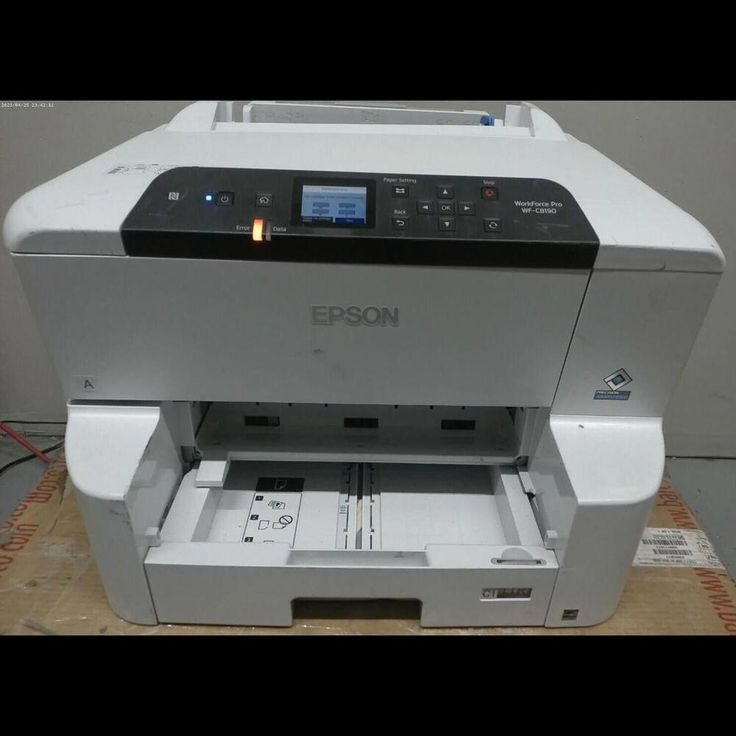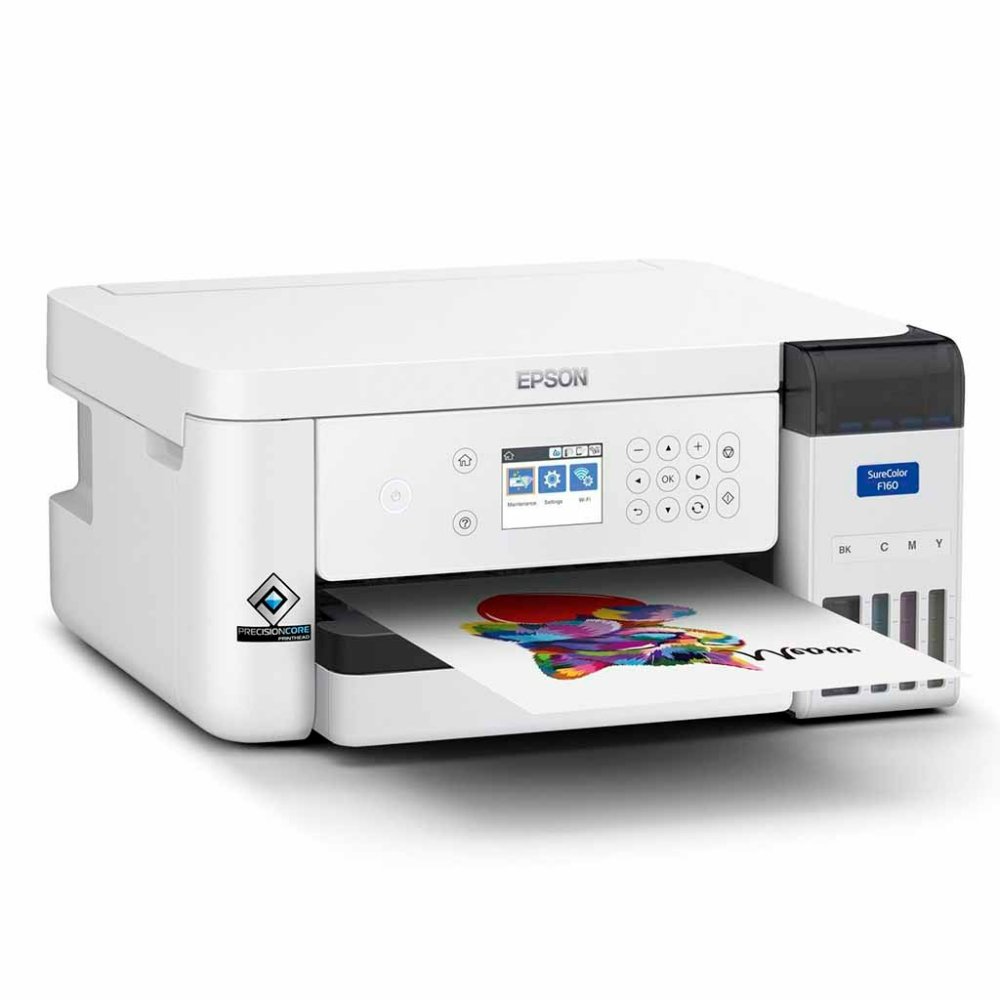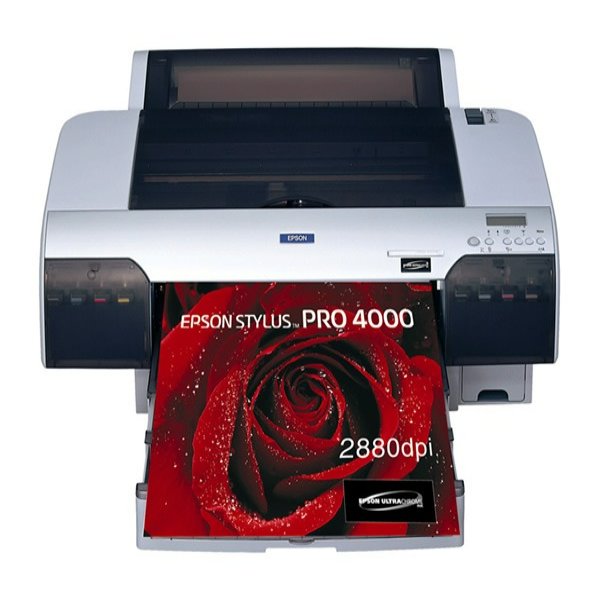Introduction to Vinyl Printing
Vinyl printing stands out as a versatile and vibrant means of producing graphics. It involves a special type of printing that employs a vinyl printer to craft designs on various materials. Thanks to its durability and flexibility, vinyl printing has become a favorite in crafting signs, banners, and vehicle wraps. The process of vinyl printing starts with a design, which is then brought to life using a cutting-edge vinyl printer.
This technique lends itself superbly to both personal projects and professional endeavors. As we delve deeper, we’ll explore the various types of vinyl printers, key features to consider before purchasing a vinyl printer, and insights into starting a vinyl printing project. Additionally, I’ll provide maintenance tips and highlight common mistakes to ensure your vinyl printing journey is smooth and successful.
Vinyl printers have experienced substantial technological advancements. This evolution has opened up new possibilities in the quality and scope of projects achievable. We will also take a glimpse into future trends that could transform the vinyl printing landscape. Whether you’re a hobbyist looking to personalize your space or a business seeking to level up your marketing materials, understanding vinyl printing is crucial.

Categories of Vinyl Printers
Understanding the types of vinyl printers available is crucial when entering the world of vinyl printing. The kind you choose will largely depend on the scale and purpose of your printing projects. Let’s break down the primary categories.
Desktop Vinyl Printers
Desktop vinyl printers are compact, user-friendly, and perfect for small-scale projects. They usually fit comfortably in home offices or small business spaces. Ideal for beginners or low-volume needs, these printers handle tasks like creating stickers, labels, and simple signage. While they may not offer the same power as larger models, their ease of use makes them a great entry point for those new to vinyl printing.
Commercial Vinyl Printers
For those with larger-scale aspirations, commercial vinyl printers are the way to go. These robust machines cater to businesses requiring high-quality prints, like vehicle wraps, large banners, or extensive signage operations. Commercial vinyl printers boast advanced features like greater print speed, higher resolution output, and the ability to handle a wider range of materials. Businesses looking to produce high volumes of professional-grade graphics will find these printers to be a powerful asset.
Essential Features of a Vinyl Printer
When shopping for a vinyl printer, the vast array of options can be overwhelming. It’s essential to look out for certain features that will ensure high-quality results and efficient operation. Here’s what to focus on:
Print Quality and Resolution
The clarity of your prints is paramount. High-resolution capabilities are a must for detailed graphics. Look for printers with a high dots-per-inch (DPI) rating. This will give you crisp images and sharp edges – crucial for professional-looking products.
Cutting Precision and Speed
A vinyl printer with precise cutting abilities saves time and reduces waste. Unreliable cutting can ruin prints and materials. Choose a printer that boasts accurate cutting specs and quick operation. This ensures your projects stay on schedule and your designs look polished.
Material Compatibility
Your printer needs to work with a range of vinyl types. Different projects require different materials, from thin vinyl for stickers to thicker ones for banners. Check if the printer supports the materials you plan to use regularly.
Software and Connectivity Options
User-friendly software can make or break your printing experience. Look for printers with intuitive design software compatible with your computer’s operating system. Connectivity is also key; options like USB, Wi-Fi, or Ethernet can streamline your workflow.

Step-by-Step Guide to Starting a Vinyl Printing Project
Starting a vinyl printing project can seem daunting, but breaking it down into steps can simplify the process. Here’s a streamlined guide to get your project off the ground:
Design Preparation
The initial phase involves brainstorming and designing the graphics you want to print. Use software compatible with your vinyl printer to create designs. Make sure your designs are at the resolution recommended by your printer’s specifications to ensure clarity.
Material Selection
Choose the appropriate vinyl material for your project. Consider the end-use of your product, whether it will be exposed to outdoor elements, and if it requires flexibility. Select a material that your vinyl printer can handle effectively.
Printing and Cutting Process
Once your design is ready and materials selected, it’s time to print. Load the vinyl into the printer, adjust settings for optimal quality, and begin the printing process. After printing, use your vinyl printer’s cutting feature to outline your design with precision. Finally, weed out the excess material, and your vinyl print is ready for application.
Following these steps, you can ensure your vinyl printing project starts on the right foot. Investing time in design preparation, wisely choosing materials, and understanding your printer’s capabilities will lead to successful vinyl printing endeavors.
Maintenance Tips for Vinyl Printers
Maintaining your vinyl printer is key to ensuring its longevity and print quality. Here are essential tips to keep your printer in top condition:
Regular Cleaning
Dust and debris can interfere with printing. Clean your vinyl printer often, focusing on the printhead and rollers. Use a soft, lint-free cloth to avoid damage.
Keep Firmware Updated
Printer manufacturers release updates to improve performance. Always install the latest firmware for your vinyl printer to maintain optimal functionality.
Check and Replace Consumables
Ink cartridges and cutting blades wear out over time. Check them regularly and replace as needed to maintain print sharpness and accuracy.
Calibrate Your Printer
Calibration ensures your prints are accurate. Follow the manufacturer’s instructions to calibrate your vinyl printer for precision in printing and cutting.
Avoid Overworking the Printer
Using a printer non-stop can lead to overheating and wear. Let your vinyl printer rest between large print jobs to prevent hardware fatigue.
By following these simple maintenance steps, you can extend the life of your vinyl printer and enjoy consistent, high-quality prints for a long time.

Common Mistakes to Avoid in Vinyl Printing
Vinyl printing seems simple, but mistakes can happen. Avoiding common pitfalls ensures your prints look professional and last long. Let’s explore common mistakes to steer clear of in your vinyl printing projects.
Choosing the Wrong Type of Vinyl
Different vinyl types suit different projects. Picking the wrong type can lead to prints that don’t stick or fade quickly. Always match the vinyl to the project’s needs.
Ignoring Printer and Material Compatibility
Not all vinyl printers can handle every vinyl type. Using incompatible materials can cause poor print quality or even damage your printer. Check compatibility before you start.
Skimping on Design Quality
Blurry or pixelated designs reflect poorly on the final print. Spend time on design quality. Ensure your artwork is clear and at the correct resolution before printing.
Overlooking Test Runs
Printing without a test run wastes materials and time if mistakes crop up. Always do a small test print to catch any issues before the final run.
Inaccurate Cutting
Precision in cutting is key. Incorrect settings can lead to unclean cuts and wasted vinyl. Double-check your vinyl printer’s cutting settings for every project.
Neglecting Printer Maintenance
A well-maintained printer is essential for quality prints. Neglecting regular cleaning and updates can lead to faded colors and poor performance. Keep your printer clean and updated.
By avoiding these common mistakes, your vinyl printing process will be smoother and your outcomes more professional. Remember, careful preparation and maintenance go a long way in creating top-notch vinyl prints.
Future Trends in Vinyl Printing Technology
The realm of vinyl printing is not immune to the swift advances in technology that characterize our age. As we look toward the future, certain trends are emerging that promise to redefine the capabilities and applications of vinyl printers. Here are the key trends to watch out for:
Enhanced Print Quality Through Advanced Technologies
Future vinyl printers will boast even higher resolution and color accuracy. New technologies are on the horizon that will enable more vivid colors and finer detail in printed graphics. This evolution in print quality will open doors for intricate designs that require extraordinary clarity.
Increased Efficiency with Faster Print Speeds
Speed is becoming increasingly important in commercial settings. The next generation of vinyl printers is expected to provide significantly faster print speeds without compromising on quality. This means higher output for businesses and faster turnarounds for projects.
Eco-Friendly Printing Options
Environmental concerns are prompting innovation in eco-friendly printing practices. Future vinyl printers may use sustainable or recycled materials and inks that are less harmful to the environment. Reductions in power consumption are also a key focus, contributing to a greener printing process.
Integration with Cutting-Edge Software
Software plays a crucial role in vinyl printing. Upcoming trends include more sophisticated design software that’s more intuitive and offers greater functionality. Improved connectivity with cloud-based services and compatibility with a range of devices will simplify the workflow.
Automation and Smart Technology
Automation technology is set to transform vinyl printing. Printers with self-monitoring and self-calibration features will reduce the need for manual adjustments and maintenance. Smart technologies will allow printers to diagnose issues and optimize print settings for different materials autonomously.
These trends suggest an exciting future for vinyl printing, where quality, speed, sustainability, and ease of use converge to enhance both the process and the final products. As technology continues to evolve, staying informed will be crucial for anyone involved in the world of vinyl printing.